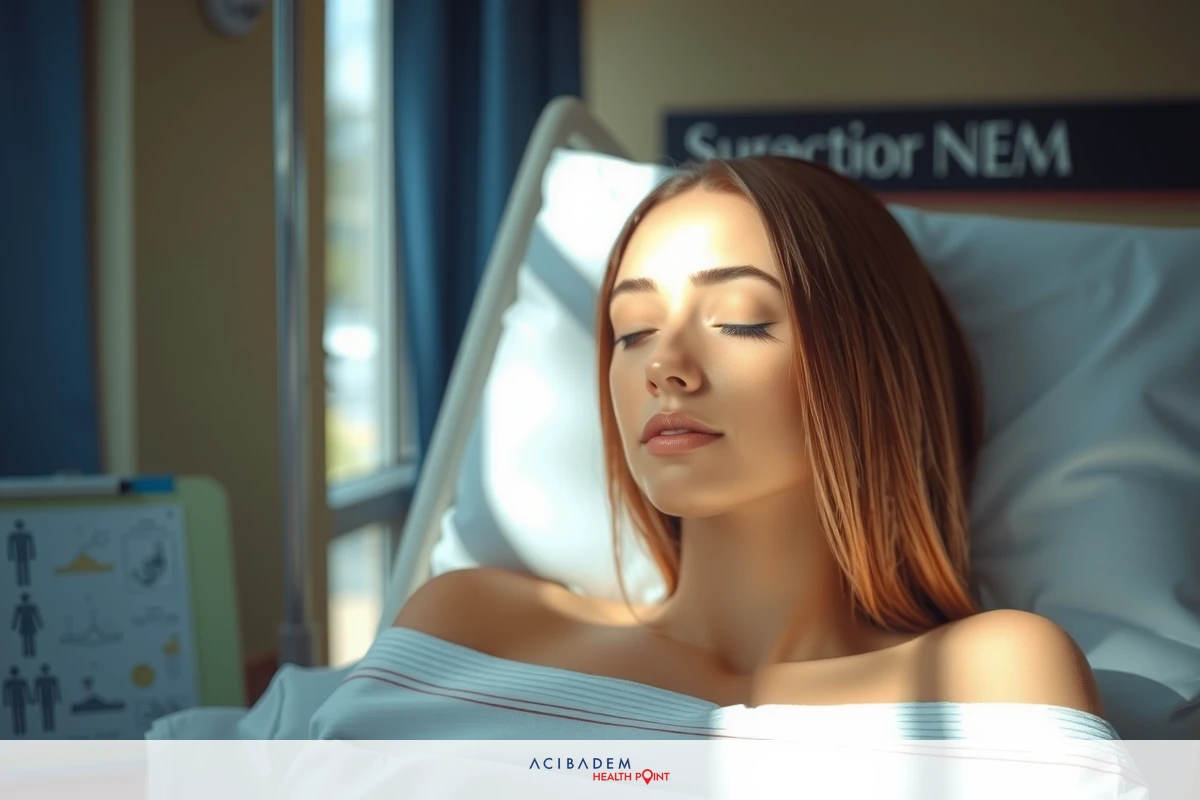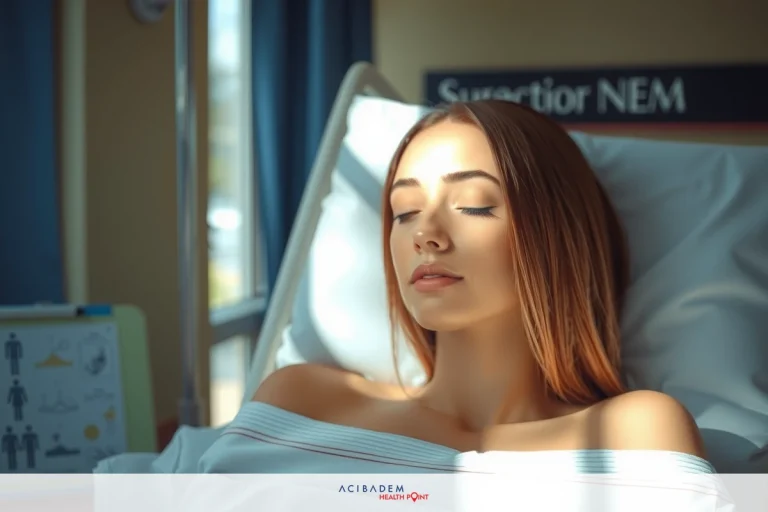Is Closed Rhinoplasty Safe?
Is Closed Rhinoplasty Safe? Closed rhinoplasty, an intriguing alternative to traditional surgical techniques, raises questions concerning safety. This technique, distinct due to its internal incision approach, offers potential advantages such as reduced visible scarring and quicker recovery times. Yet it’s the uncertainty around this procedure that often leads individuals seeking aesthetic or functional nasal refinement to hesitate.
To dispel these doubts, understanding closed rhinoplasty’s intricacies is crucial. From the initial consultation phase through post-operative care, safety remains paramount in every step of this journey. Outlining key aspects including procedural details and benefits will illuminate why many consider closed rhinoplasty a reliable choice for nasal enhancement.
What is Closed Rhinoplasty?
Closed rhinoplasty, also known as endonasal rhinoplasty, embodies a unique approach in the realm of nose reshaping techniques. Unlike open rhinoplasty where incisions are made externally on the columella (the fleshy exterior part between nostrils), closed rhinoplasty involves internal incisions only within the nasal structure. This results in no visible scarring and often quicker recovery times post-surgery. It also respects the natural anatomy by keeping intact certain key ligaments that contribute to maintaining structural integrity.
The surgical execution of closed rhinoplasty is indeed an art form requiring profound expertise from the surgeon. The procedure begins with carefully placed incisions inside each nostril, creating a pathway for the surgeon to access and reshape bone or cartilage as needed while preserving skin tissue and external aesthetics. Such precision requires not just technical prowess but also aesthetic acuity; both are integral for enhancing facial harmony without compromising safety.
Despite its benefits, it’s essential to note that this technique may not be ideal for everyone—complex cases involving significant tip work or revision surgeries might necessitate an open approach instead. Therefore, understanding differences between closed versus open methods helps patients make informed decisions about their treatment plan—a testament to our commitment towards ensuring patient education and safety at every step of their journey toward improved self-confidence through aesthetic refinement.
Is Closed Rhinoplasty Safe?: Benefits of Closed Rhinoplasty
Closed rhinoplasty, as a nuanced and delicate surgical technique, comes with several distinct advantages. These benefits are not only medical but also aesthetic in nature – a blend that makes this method an appealing choice for those seeking both physical comfort and enhanced self-confidence.
One of the key benefits of closed rhinoplasty lies in its ability to leave no visible external scars. Since all incisions are made inside the nostrils, any resulting scar tissue remains hidden from view. This is particularly beneficial for patients who desire discreet results without obvious signs of surgery.
In contrast to open techniques, closed rhinoplasty often involves shorter recovery times due to less swelling and bruising around the nose area. The internal approach mitigates trauma to surrounding tissues thus enabling faster healing post-surgery.
Closed rhinoplasty allows surgeons greater control during procedure thanks to direct visualization of nasal structures through endoscopic tools. This can lead to more accurate modifications ensuring optimal outcomes aligned with patient expectations.
Lastly but significantly, preserving crucial nasal ligaments during a closed procedure ensures better long-term

stability and natural-looking results—upholding structural integrity while refining aesthetics.
Considering these multiple merits alongside potential risks under expert guidance becomes essential when contemplating a safe yet effective path towards accomplishing one’s desired facial harmony through rhinoplasty.
Is Closed Rhinoplasty Safe?: Safety of Closed Rhinoplasty
Closed rhinoplasty, with its myriad benefits, brings a particular focus on safety. It’s an approach that goes beyond ensuring procedural efficacy; it underscores the importance of patient well-being and comfort throughout their surgical journey. This technique is designed to be less invasive while still delivering high-quality aesthetic results—making it often associated with lower risk levels compared to other procedures.
One significant aspect contributing to closed rhinoplasty’s safety profile is its preservation of key nasal ligaments. By not severing these structures during surgery, surgeons can maintain the nose’s natural strength and stability post-operatively—an advantage that extends beyond immediate recovery into long-term outcomes as well. Additionally, since this method involves making incisions internally within nostrils, it drastically reduces bleeding risks—a crucial factor when considering any surgical procedure’s safety.
In terms of potential complications following surgery—a concern for many patients—the closed approach also offers advantages due to reduced trauma inflicted upon tissues surrounding the nasal structure during operation. This lesser disturbance translates into decreased chances for excessive swelling or bruising post-surgery which are common causes for discomfort in patients recovering from open techniques.
Like all medical interventions, closed rhinoplasty isn’t devoid of risks altogether—albeit they remain relatively low when performed by skilled professionals adhering strictly to proper pre-operative planning and meticulous operative execution. While rare cases may witness minor issues such as slight asymmetry or temporary numbness around operated area—these usually resolve over time without causing permanent damage.
Thus understanding these aspects helps paint a comprehensive picture about why closed rhinoplasty stands out as a safe choice in qualified hands—one where benefits outweigh potential risks significantly.
Frequently Asked Questions
What makes closed rhinoplasty a safer choice compared to other techniques?
Closed rhinoplasty is often considered safer due to its less invasive approach. The internal incisions mean less trauma to the surrounding tissues, which can result in reduced swelling and bruising post-surgery. Additionally, this technique involves preserving important nasal ligaments that contribute to the overall structural stability of the nose.
Who is an ideal candidate for closed rhinoplasty?
While each case varies and should be evaluated individually by a qualified surgeon, generally speaking people who require moderate changes to their nose structure without significant tip work are good candidates for closed rhinoplasty. This method might not be suitable for complex cases or revision surgeries where open technique may offer more comprehensive access.
Does closed rhinoplasty leave any visible scars?
One of the main advantages of closed rhinoplasty is that it leaves no visible external scars since all incisions are made inside the nostrils. Any resulting scar tissue remains well concealed from view—making it an attractive option for those seeking discreet results.
What kind of recovery can I expect after undergoing closed rhinoplasty?
Recovery from a closed procedure typically involves shorter timelines due to lesser disturbance caused during surgery—resulting in decreased chances for excessive swelling or bruising post-surgery. However, exact recovery times vary on individual basis depending on factors like personal healing ability and complexity of modifications performed.











